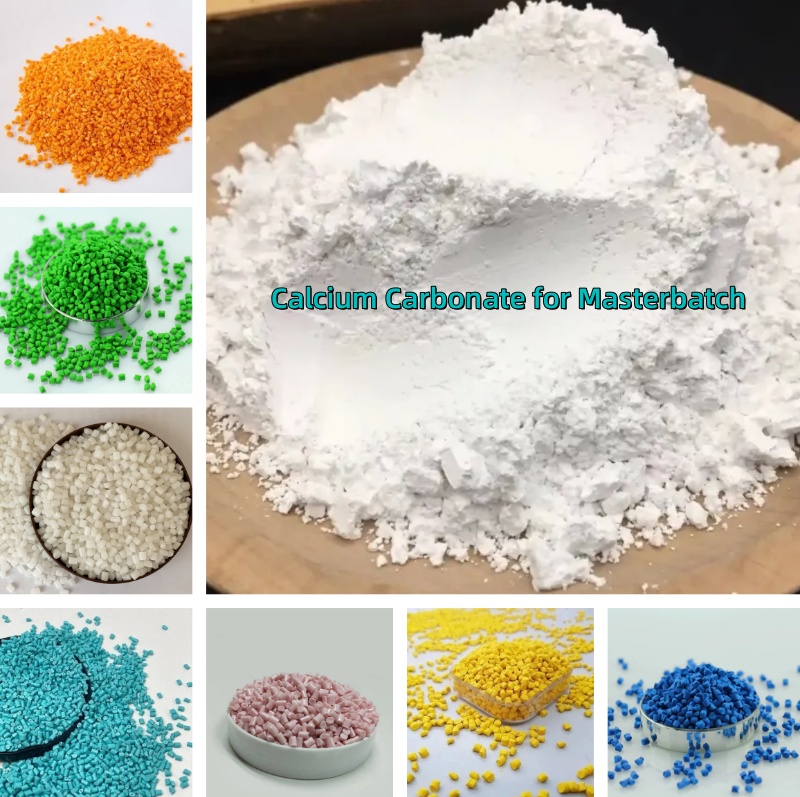Calcium carbonate is widely used as a filler in polyvinyl chloride (PVC), polyethylene (PE), polypropylene (PP), acrylonitrile butadiene-styrene (ABS), and other resins. Adding calcium carbonate improves the properties of plastic products, expanding their application range. In plastic processing, it can reduce resin shrinkage, enhance rheology, and control viscosity. Additionally, Calcium Carbonate for Masterbatch plays several key roles, such as:
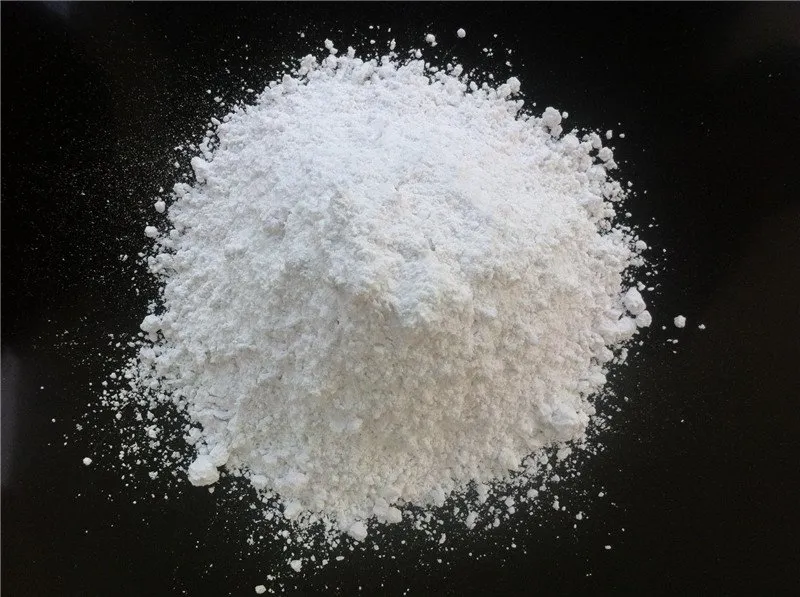
Improve Dimensional Stability of Plastic Products
The addition of calcium carbonate acts as a skeleton in plastic products, greatly enhancing their dimensional stability.
Calcium Carbonate for Masterbatch Can Increase Hardness and Rigidity
In plastics, especially soft polyvinyl chloride (PVC), the hardness increases with the amount of calcium carbonate added, while elongation decreases as hardness increases. Fine particles with high oil absorption of calcium carbonate increase hardness at a faster rate. In contrast, coarse particles with low oil absorption result in a smaller increase in hardness. For soft PVC, heavy calcium carbonate provides the smallest increase in hardness, while precipitated calcium carbonate (light calcium) follows.
Calcium carbonate typically does not act as a reinforcing agent in plastics (resins). However, its particles are often wetted by the resin, and its primary effect is to increase resin rigidity, elastic modulus, and hardness. As the addition amount increases, tensile strength and elongation at break decrease.
Different calcium carbonates have different hardnesses depending on the amount of calcium carbonate added.
Improve Plastic Processing Performance
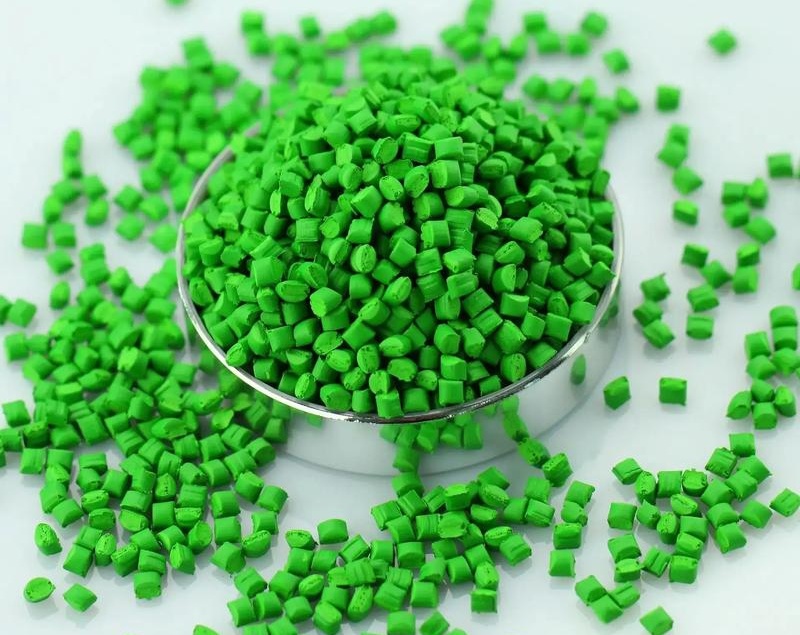
Calcium carbonate addition can alter the rheological properties of plastics. With a relatively large amount of powder added, it helps blend with other components and aids in plastic processing and molding. Especially when surface-treated calcium carbonate is added, it improves not only the product’s hardness but also its surface gloss and smoothness. Additionally, calcium carbonate can reduce shrinkage, linear expansion coefficient, and creep properties, thus creating better molding conditions.
Enhance Heat Resistance of Plastic Products
Adding calcium carbonate to general plastic products improves heat resistance. For example, adding about 40% calcium carbonate to polypropylene improves heat resistance by approximately 20°C. When the filler ratio is ≤ 20%, heat resistance increases by 8-13°C.
Improve Light Scattering Properties of Plastics
n some plastic products, a whitish, non-transparent finish is required, while others seek to achieve a matte effect. Calcium carbonate can play a significant role in this regard. Calcium carbonate with whiteness above 90 shows an obvious whitening effect in plastic products. When combined with titanium dioxide and lithopone, the matte effect of plastic products is greatly improved. In calcium-plastic paper, low-density polyethylene (LDPE), and high-density polyethylene (HDPE) films, adding calcium carbonate achieves both light scattering and a matte effect, making it suitable for writing and printing.
High-quality calcium carbonate can also replace expensive white pigments.
Special Performance Enhancement
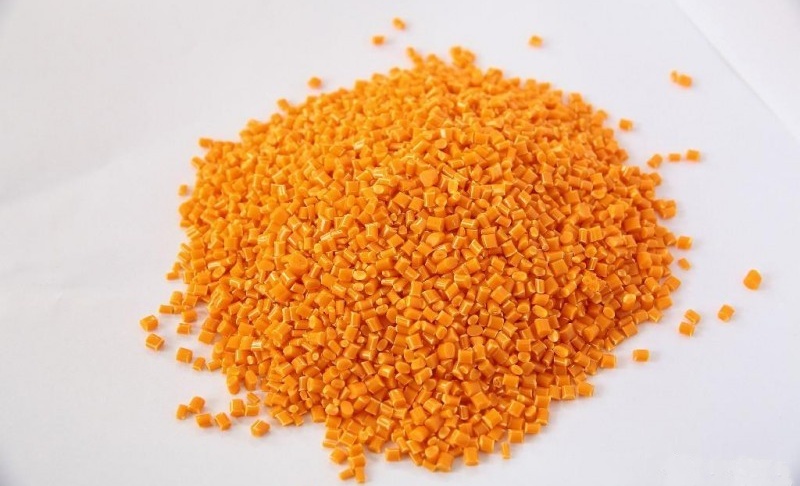
Calcium carbonate added to cable materials has certain insulating effects. It can also enhance electroplating and printing properties in some products. Fine or ultra-fine calcium carbonate added to PVC has certain flame-retardant effects.
Calcium Carbonate for Masterbatch Can Reduce Plastic Product Costs
Both lightweight and heavy calcium carbonate are significantly cheaper than plastics. Their addition reduces the cost of plastic products. Calcium carbonate is referred to as a filler or extender in foreign markets. The main goal today is to reduce plastic costs by adding calcium carbonate. With improvements in its surface properties and controllable shape and particle size, calcium carbonate is gradually becoming a functional filler used for reinforcement or to impart special functions.
Calcium carbonate is the most commonly used filler in PVC product production, mainly aimed at increasing PVC product volume to reduce production costs.
Conclusion
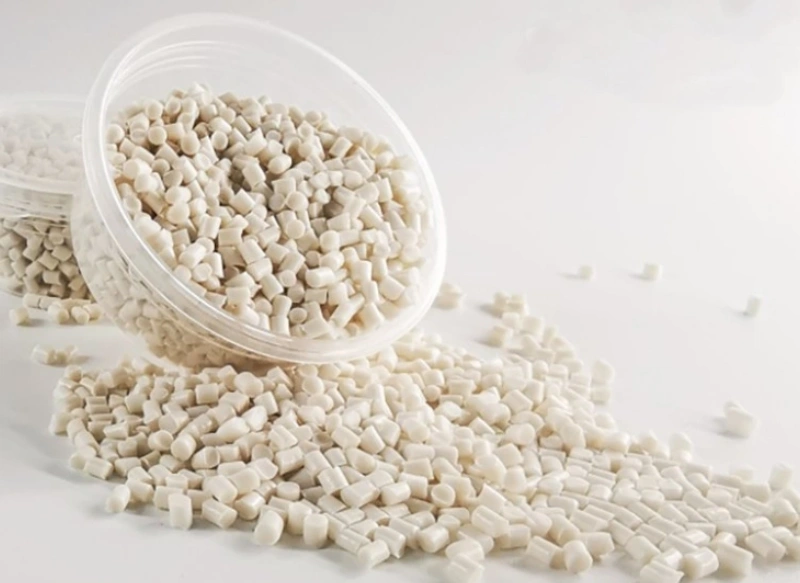
Proper use of heavy calcium carbonate can enhance the heat resistance, rigidity, dimensional stability, and processability of PVC products. High-quality limestone is selected. It is then calcined to decompose into calcium oxide. Calcium oxide reacts with water to form calcium hydroxide. After introducing carbon dioxide, calcium carbonate forms through precipitation. This type of calcium carbonate is known as light calcium carbonate. A small amount of light calcium carbonate can improve the tensile strength of PVC products.
The quality of light calcium carbonate is determined by the grade of natural calcium carbonate. It is also influenced by the calcination conditions and other chemical reactions. The classification fineness is another important factor. The price of light calcium carbonate is typically more than twice that of heavy calcium carbonate with the same particle size.
Epic Powder
In conclusion, Epic Powder offers state-of-the-art ball milling and classification systems, along with advanced surface modification equipment, to optimize the production of both heavy and light calcium carbonate. Our ball mill classification lines ensure precise control over particle size distribution, while our surface modification technology enhances the properties of calcium carbonate for improved dispersion, compatibility, and performance in plastics. Contact us for a free consultation and customized solutions! Our expert team is dedicated to providing high-quality products and services to maximize the value of your powder processing. Epic Powder—Your Trusted Powder Processing Expert !
